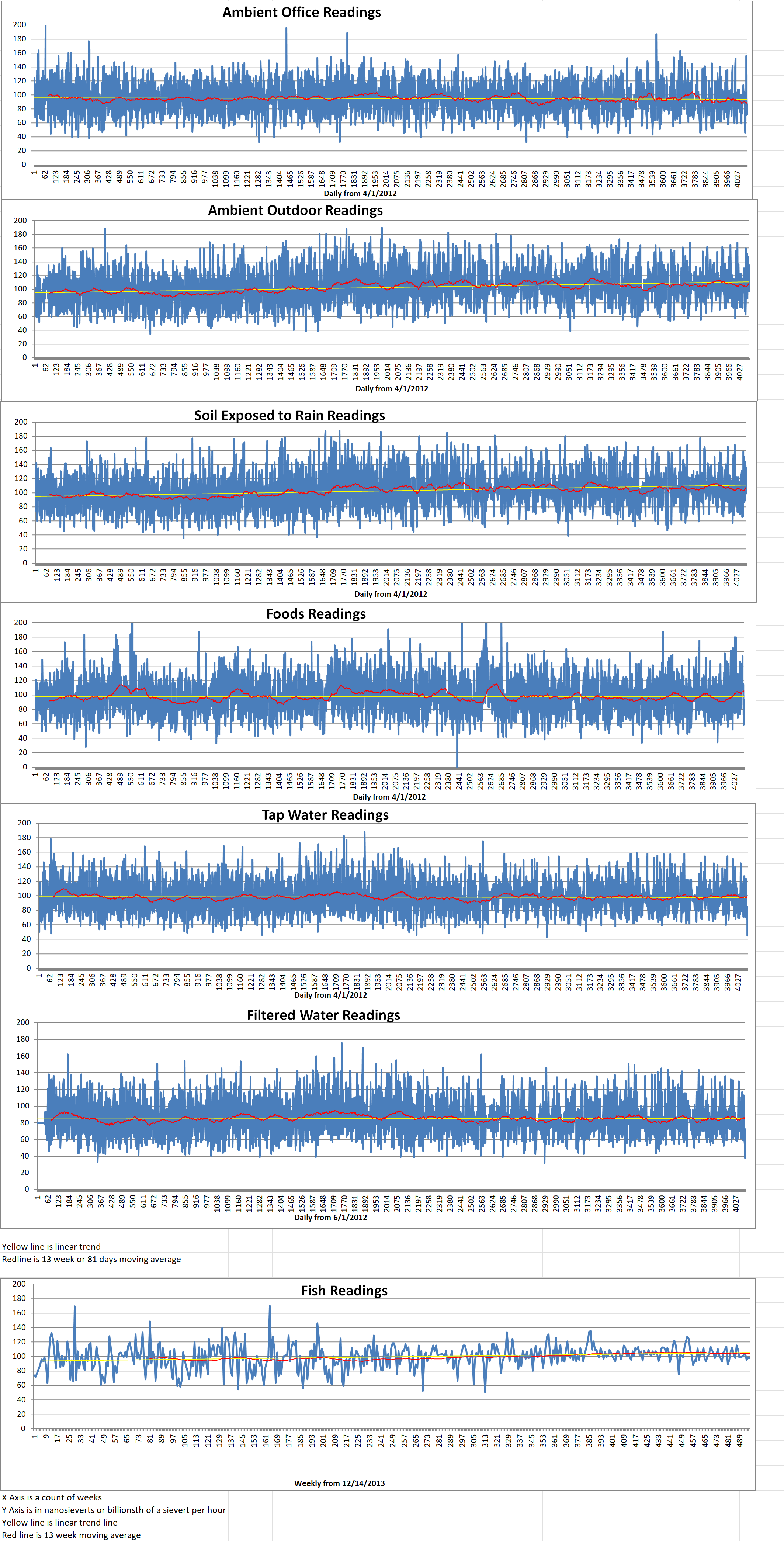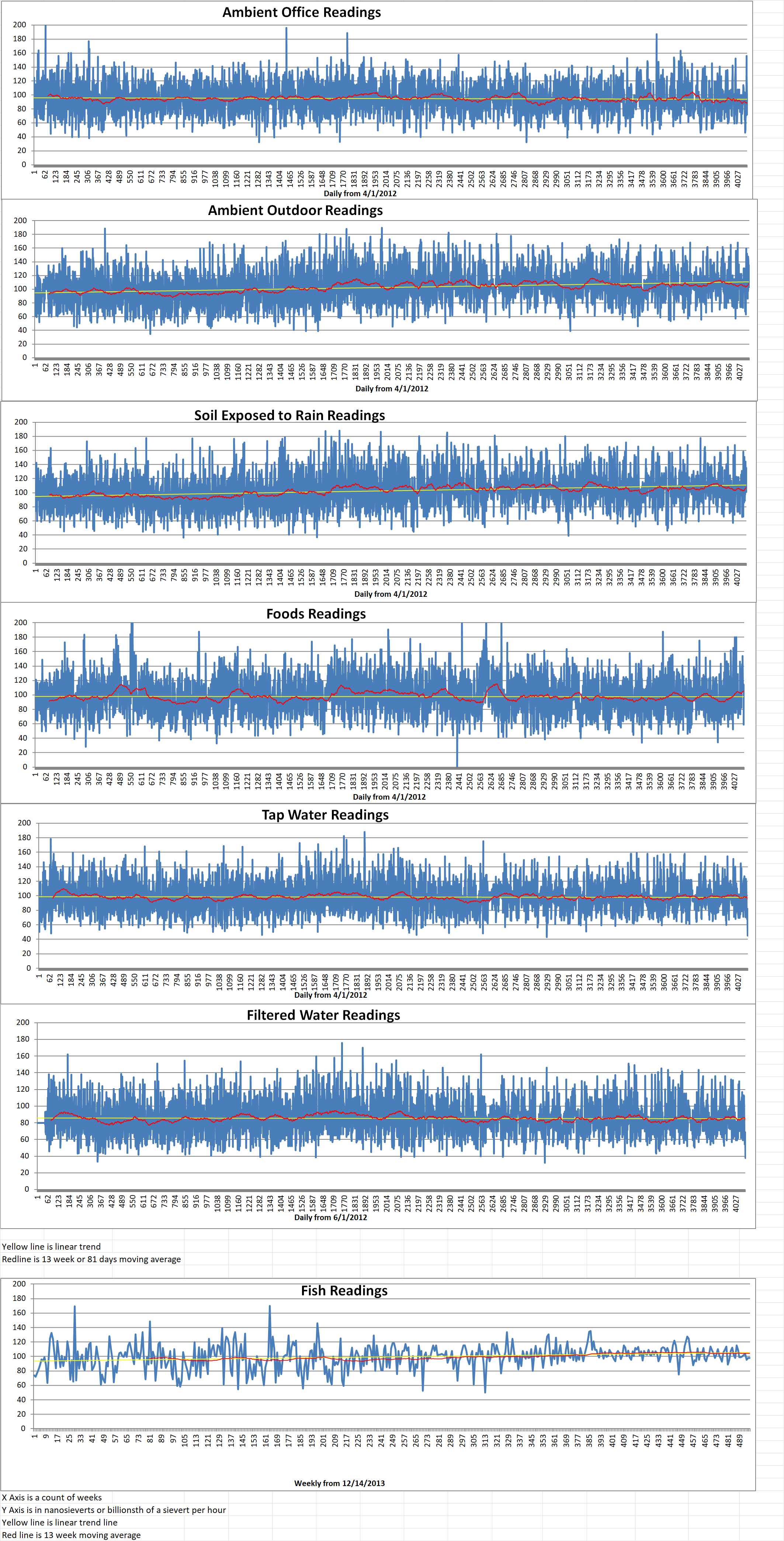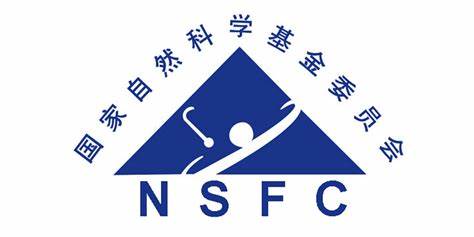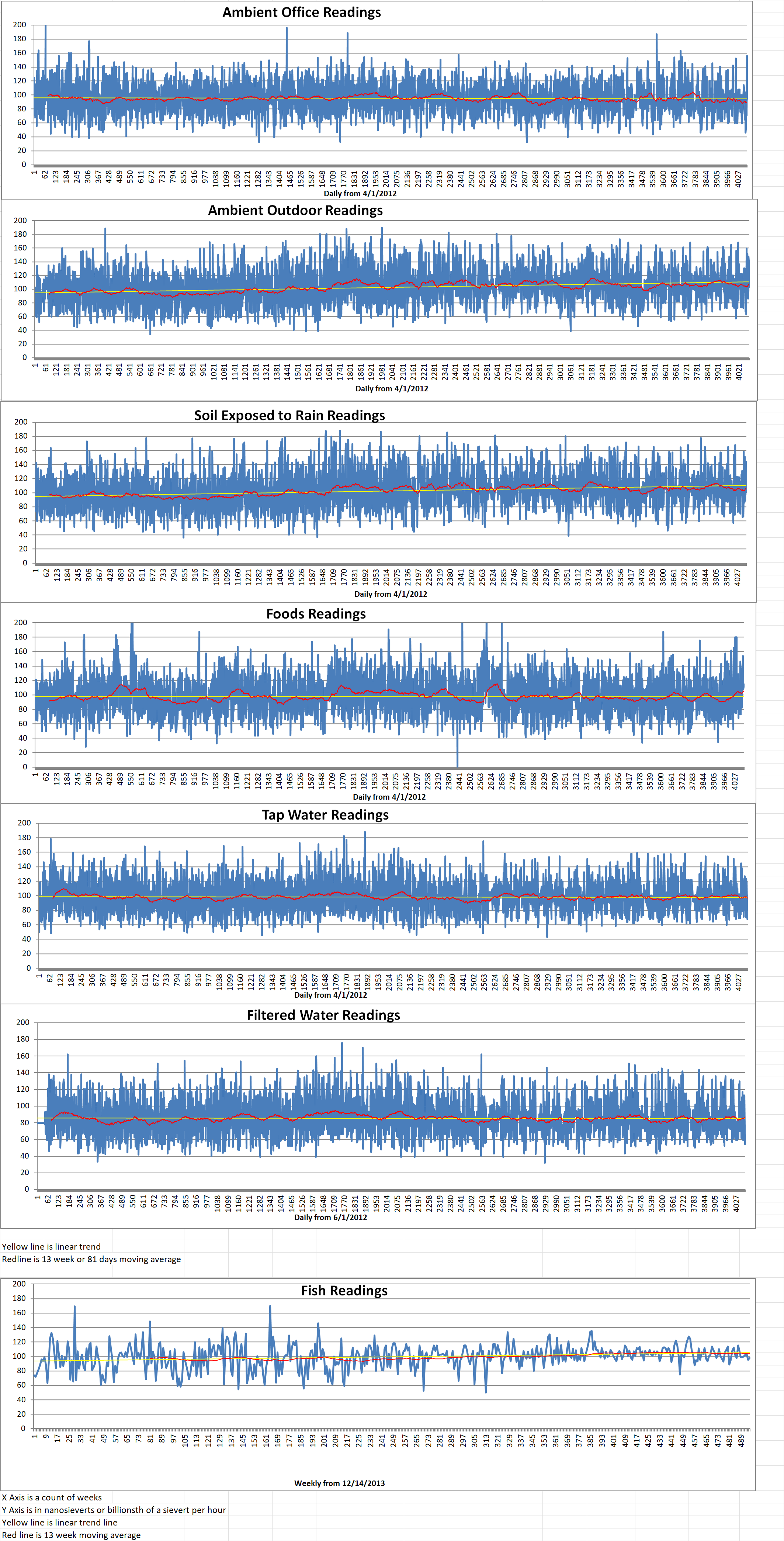Part 1 of 2 Parts
Small modular reactors (SMRs) are disrupting conventional ideas about nuclear power. They are small, compact, and produce minimal emissions. This innovative alternative to conventional nuclear power reactors is receiving more public and private sector attention as governments across the globe work to meet global energy demands reliably and responsibly. According to a report released last year by Valuates, a market research firm, the global market for SMRs is expected to rise by sixteen percent year-over-year to hit nineteen billion by 2030.
SMR Pros
SMRs are advertised as being cheaper, smaller, and safer than conventional nuclear power reactors. They are to be manufactured in factories where economies of scale and improved quality control can be applied. They are modular in design and can be delivered to the operational site and installed quickly.
SMR Cons
SMRs can potentially produce more and hotter radioactivity in waste products.
Economic analysts question whether it will be cheaper to gang multiple SMRs together versus building a conventional gigawatt plus conventional nuclear power reactor. Some estimates suggest that it may cost more to create a multi-reactor SMR power plant that will produce as much electricity as a conventional reactor.
It may be possible to apply economies of scale to build SMRs in a factory. However, if quality control slips, then multiple sub-standard SMRs may be built and shipped to multiple sites before the problem is discovered forcing the decommissioning of multiple SMRs.
While the SMR market is filled with many innovative companies, here is a list of five leading SMR companies.
NuScale
This advanced nuclear reactor company went public in 2022. It is leading a number of large-scale projects across Central and Eastern Europe. NuScale is particularly active in Poland where it will construct its flagship VOYGR SMR power plant which will generate up to nine hundred and twenty-four megawatts of electricity as early as 2029. Although it is a newcomer to the nuclear technology market, Poland chose the Portland, Oregon-based NuScale to develop and build Poland’s first SMR. The historic agreement follows an ambitious multi-nation decarbonization plan signed in Glasgow, Scotland, last November by twenty-eight new members of the Powering Past Coal Alliance (PPCA). The eastern European nation generated about seventy percent of its electricity by burning coal in 2020, according to a report issued by Forum Energii in 2021.
A NuScale project in the U.S. had to be cancelled because the cost of the project rose from three billion to nine billion dollars in just four years. In addition, NuScale was accused of misrepresenting information about the project to investors. It announced a big project with Standard Power to construct a NuScale power plant with multiple NuScale reactors to provide power for two data centers. Iceberg Research reported that an analysis of power needs for the Standard Power data center indicated that the proposed NuScale plant would produce far more electricity than the project required. Iceberg Research also reported that Standard Power did not have sufficient funding to pay for the proposed NuScale power plant.
Please read Part 2 next
Blog
-

Nuclear Reactors 1316 – Top Five Small Modular Reactor Companies – Part 1 of 2 Parts
-

Geiger Readings for December 04, 2023
Ambient office = 80 nanosieverts per hour
Ambient outside = 97 nanosieverts per hour
Soil exposed to rain water = 99 nanosieverts per hour
Peach from Central Market = 93 nanosieverts per hour
Tap water = 85 nanosieverts per hour
Filter water = 72 nanosieverts per hour
-
Nuclear News Roundup December 04, 2023
Türkiye issues permission to commission 1st power unit of Russian-built nuclear power plant English.news.cn
Illinois will soon allow construction of new nuclear power projects advantagenews.com
Putin visits a shipyard to oversee the commissioning of new Russian nuclear submarines apnews.com
Nuclear warnings serve Putin’s purpose as he bids for new term reuters.com
-
Nuclear News Roundup December 03, 2023
Japan wants to cut carbon. But one of the world’s worst nuclear accidents is making it harder techxplore.com
Cosmic nuclear fission seen for 1st time in ‘incredibly profound’ discovery space.com
Inside the Little-Known U.S. Arms Control Center in Daily Contact With Russia time.com
‘Nuclear is here’: Why a nuclear renaissance is happening in Knoxville and Oak Ridge knoxnews.com
-

Geiger Readings for December 03, 2023
Ambient office = 87 nanosieverts per hour
Ambient outside = 127 nanosieverts per hour
Soil exposed to rain water = 128 nanosieverts per hour
Mini cucumber from Central Market = 93 nanosieverts per hour
Tap water = 45 nanosieverts per hour
Filter water = 38 nanosieverts per hour
-
Nuclear News Roundup December 02, 2023
Small modular nuclear reactors: how China and the US are poles apart in energy ambitions scmp.com
Nuclear Medicine Market Valuation to Soar at 11.5% by 2030, Global Revenue to Exceed US$11 Bn: Fairfield Market Research finance.yahoo.com
Kenya: Experts Meet to Promote Research in Nuclear Technology telesurenglish.net
-

Geiger Readings for December 02, 2023
Ambient office = 72 nanosieverts per hour
Ambient outside = 135 nanosieverts per hour
Soil exposed to rain water = 135 nanosieverts per hour
Fennel from Central Market = 59 nanosieverts per hour
Tap water = 82 nanosieverts per hour
Filter water = 69 nanosieverts per hour
Dover Sole from Central = 102 nanosieverts per hour
-

Nuclear Reactors 1315 – New Method Developed To Extract Uranium From Seawater
Oceans cover about seventy percent of the surface of the Earth. They support a huge number of life forms. However, they also contain a dilute population of uranium atoms. If it were possible to extract these particular ions from the water, they could be a sustainable source of fuel for nuclear power reactors. Researchers recently published a report in ACS Central Science which details their development of a material to utilize with electrochemical extraction that pulls hard-to-get uranium ions from seawater more efficiently than any current method.
Nuclear fission power reactors release the energy stored inside an atom and turn it into heat and electricity by literally breaking the atom apart. Uranium has become the favored element for this process because all of its isotopes are unstable and radioactive. Currently, this metal is extracted from rocks. However, uranium ore deposits are finite. The Nuclear Energy Agency estimates that there are four and a half billion tons of uranium dissolved in the world’s oceans as uranyl atoms. Extracting these ions has proven to be very difficult because the materials for doing so don’t have enough area to trap ions effectively. Rui Zhao, Guangshan Zhu and colleagues wanted to develop an electrode material with lots of microscopic pockets that could be used in the electrochemical capture of uranium ions from seawater.
In order to create their electrodes, the team began with flexible cloth woven from carbon fibers. They coated the cloth with two specialized monomers that were then polymerized. (a monomer is a molecule that can react together with other monomer molecules to form a larger polymer chain or three-dimensional network in a process called polymerization.) Next, they soaked the cloth in hydroxylamine hydrochloride to add amidoxime groups to the polymers. The natural, porous structure of the cloth created many tiny pockets for the amidoxime to reside in to trap the uranyl ions, In their experiments, the researchers placed the coated cloth as a cathode in either naturally sourced or uranium-spiked seawater. Then they added a graphite anode. Finally, they ran a cyclic current between the electrodes. As the experiment proceeded, uranium-based precipitates accumulated on the cathode cloth.
In tests using seawater from the Bohai Sea, the electrodes extracted twelve and a half milligrams of uranium per gram of seawater over a period of twenty-four days. The coated cloth’s capacity was higher than most of the other uranium extracting materials tested by the team. In addition, using electrochemistry to trap the ions was about three times faster than allowing them to accumulate naturally on the cloth. The researchers say that this work offers an effective method to capture uranium from seawater. Their process could open up the oceans as new suppliers of nuclear fuel.
The researcher obtained funding from the National Key R&D Program of China, the National Natural Science Foundation of China, the Project of Education Department of Jilin Province, the Natural Science Foundation of Department of Science and Technology of Jilin Province, the Fundamental Research Funds for the Central Universities, and the “111” project. -
Nuclear News Roundup December 01, 2023
4 takeaways from lawmakers at COP28 eenews.com
Company seeks vendors to help build small nuclear reactors gillettenewsrecord.com
New report shows Russia raking in revenue from state nuclear company foxbusiness.com
Sellafield nuclear site exposés are long overdue theguardian.com
-

Geiger Readings for December 01, 2023
Ambient office = 94 nanosieverts per hour
Ambient outside = 103 nanosieverts per hour
Soil exposed to rain water = 101 nanosieverts per hour
Blueberry from Central Market = 113 nanosieverts per hour
Tap water = 78 nanosieverts per hour
Filter water = 65 nanosieverts per hour
